Anotherguy
TPF Noob!
Hello all,
I am not a photographer by any means, but I do have a couple questions for you all. I sell on eBay for a living and do quite well actually.
My question is, I take pics of items for sale, always indoors with fluorescent lights above. I want to start taking less amateur looking pics. The problem I always get is harsh reflections and shadows. I was looking at umbrella and lights but have no idea where to start with my goal in mind. Keep in mind I'm not trying to be proffesional, but it is important to me to have detailed pics that show any scratches, dents, tears etc on what I am selling. I just can get what I want with what I have now.
What I do have now is a couple different color back drops, a tripod and a Sony DSC-H1.
Any help on what to buy to help with shadows and reflections would be very helpful.
Thanks in advance!
Josh
I am not a photographer by any means, but I do have a couple questions for you all. I sell on eBay for a living and do quite well actually.
My question is, I take pics of items for sale, always indoors with fluorescent lights above. I want to start taking less amateur looking pics. The problem I always get is harsh reflections and shadows. I was looking at umbrella and lights but have no idea where to start with my goal in mind. Keep in mind I'm not trying to be proffesional, but it is important to me to have detailed pics that show any scratches, dents, tears etc on what I am selling. I just can get what I want with what I have now.
What I do have now is a couple different color back drops, a tripod and a Sony DSC-H1.
Any help on what to buy to help with shadows and reflections would be very helpful.
Thanks in advance!
Josh




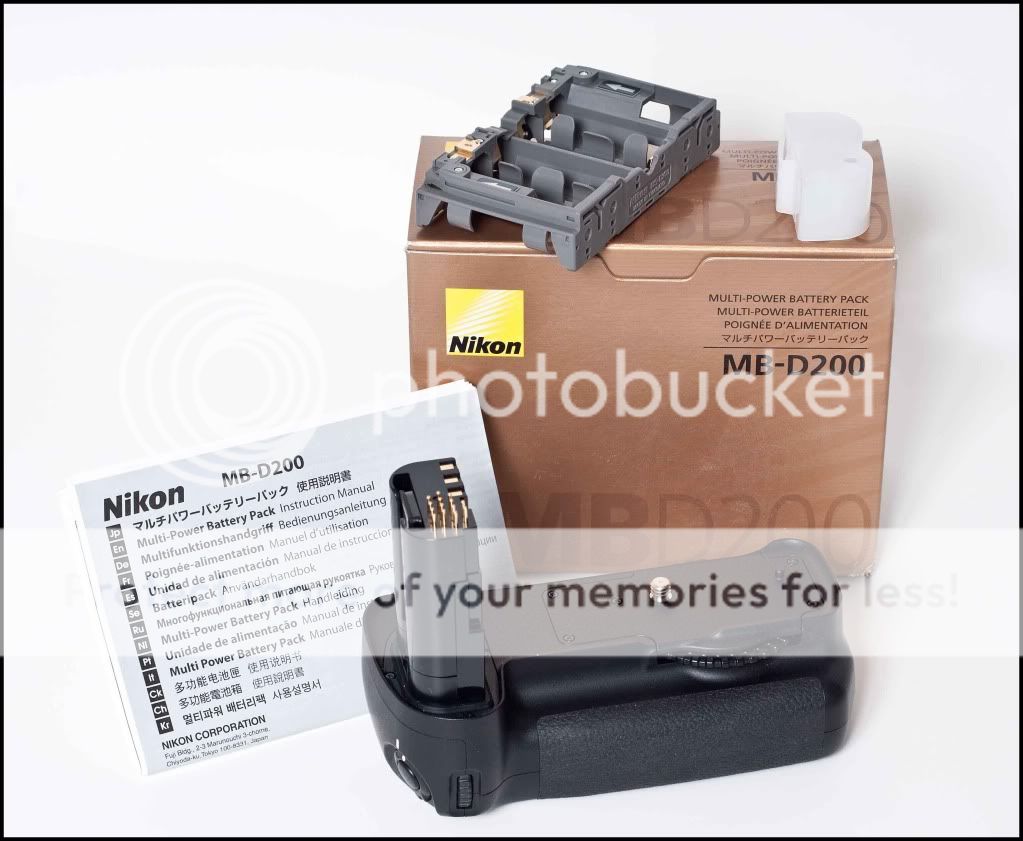
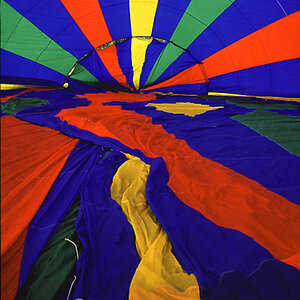
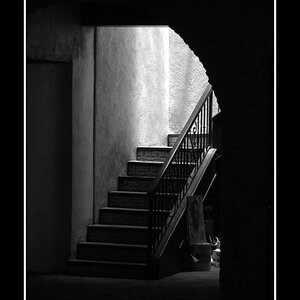
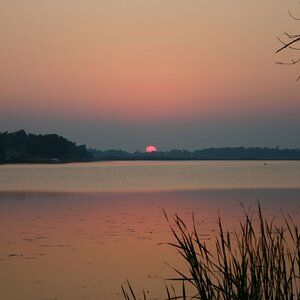
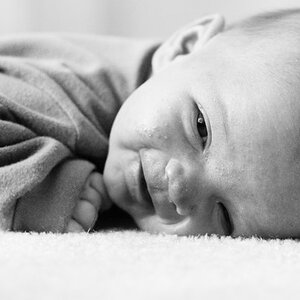
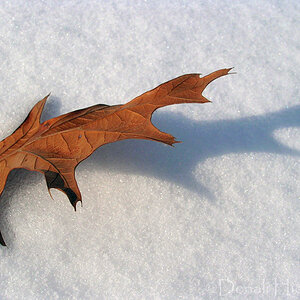
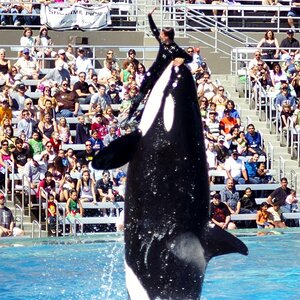
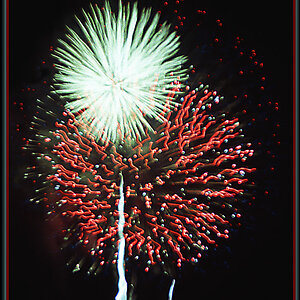
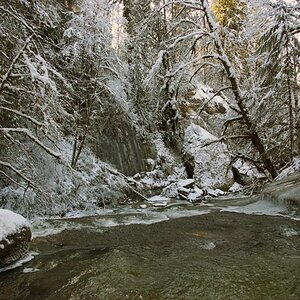
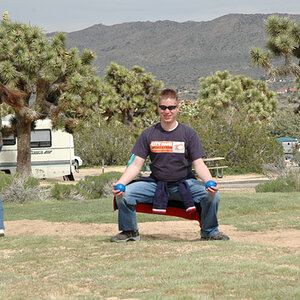
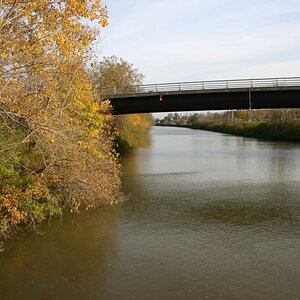
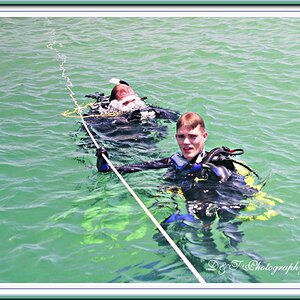
![[No title]](/data/xfmg/thumbnail/42/42461-e2a94a39b9483a804af86010fc52244b.jpg?1619740192)